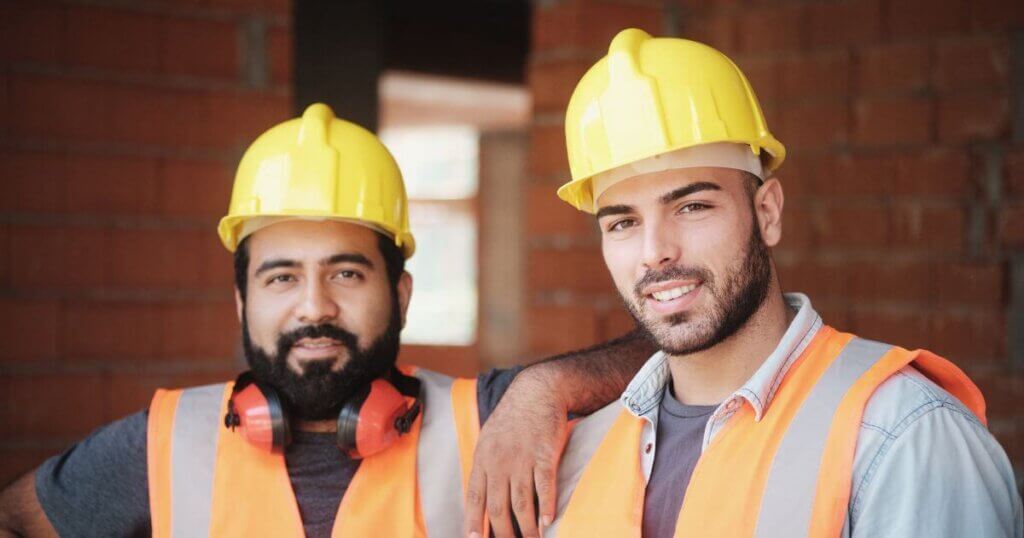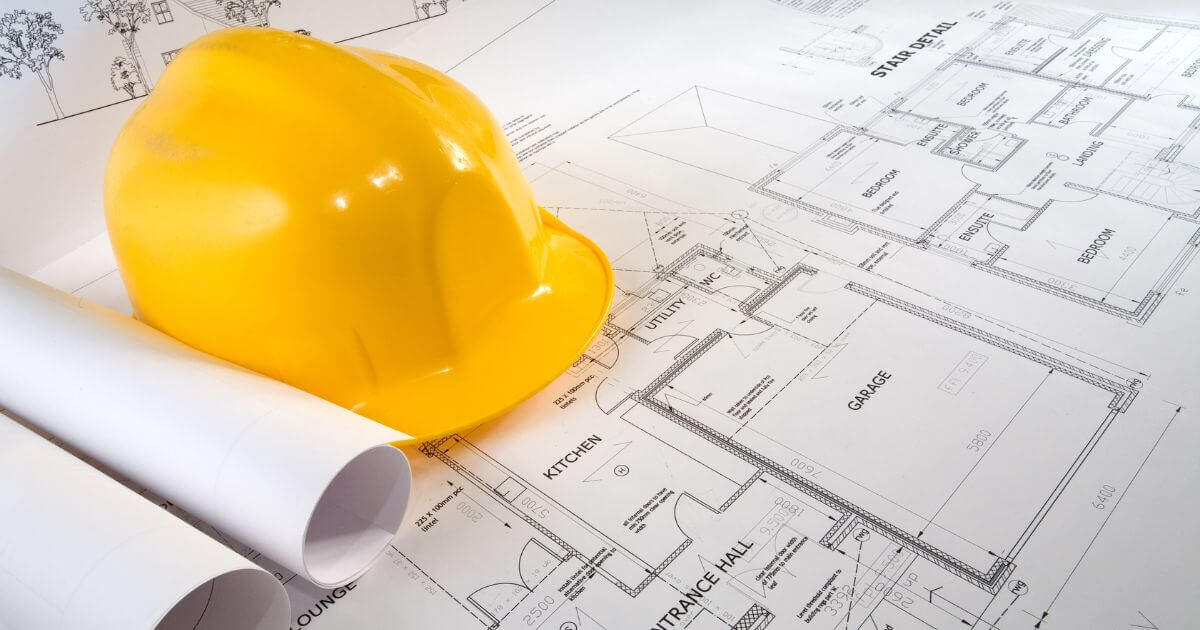Even as the industry grows and demand for skilled workers rises, minority-owned construction companies are still scarce. Limited funding, fewer networking opportunities, and a history of underrepresentation make it challenging for minority entrepreneurs to establish a foothold and expand. Tackling these challenges and making the industry more inclusive can open doors for workers and business owners.
Quick look
- Minority-owned construction companies face significant challenges, including limited funding, restricted networking opportunities, and systemic barriers.
- A more diverse construction industry leads to stronger businesses, better innovation, and a more inclusive workforce.
- Practical solutions include expanding hiring pipelines, improving funding access, and implementing mentorship programs.
- Leading companies prioritize diversity through supplier inclusion, unconscious bias training, and leadership development.
The statistics on minority representation
- Hispanic workers: In 2020, Hispanic workers made up 30% of the construction workforce—up from 20.3% in 2003. That’s a big jump, and well above their 17.6% share of the overall U.S. workforce.
- Black workers: In 2020, black workers held just 5.1% of construction jobs, even though they make up 11.3% of the total U.S. workforce—less than half their overall representation.
- Asian workers: Asian workers were the least represented, making up only 1.8% of the construction workforce in 2020, far below their 6.2% share of the overall workforce.
Barriers to building minority-owned construction companies

Minority-owned construction companies face several roadblocks that make it harder to grow and compete in the industry:
- Access to capital: One of the biggest challenges is getting funding. Minority-owned businesses are less likely to be approved for loans, and when they do, they often face higher interest rates. Scaling is challenging without the financial backing to invest in equipment or bid on bigger projects.
- Networking opportunities: Construction has long operated on an “old boys’ club” system, where personal connections often determine who gets the best contracts. Breaking into these networks can be difficult for minority entrepreneurs, limiting access to key partnerships and opportunities.
- Historical underrepresentation: Systemic barriers and long-standing biases have made it harder for minorities to get a fair shot in construction. With fewer role models and mentors in leadership positions, aspiring business owners often struggle to find guidance and support, keeping the cycle of underrepresentation going.
Why construction companies need more diversity in the workplace
Bringing more diversity into construction isn’t just the right thing to do—it leads to fresh ideas, stronger businesses, and a more dynamic workforce.
Improved problem-solving and innovation
When teams are made up of people from different backgrounds, they bring fresh ideas and new ways of tackling challenges. That kind of diversity leads to more creative problem-solving and smarter solutions. Research even shows that companies prioritizing diversity tend to see higher profits, stronger leadership, and more innovation.
Boosting the economy and local communities
A more diverse construction workforce doesn’t just help companies—it strengthens the entire industry and its communities. Bringing in talent from different backgrounds sparks new ideas and drives business growth. Plus, when more minority-owned firms get a fair shot at contracts and partnerships, it creates more jobs and spreads economic opportunities more equitably.
Attracting (and keeping) top talent
Construction faces a significant labor shortage, and an aging workforce isn’t helping. Creating a more inclusive environment opens the door for a wider range of talent, including women and minority workers, helping to fill those gaps. Plus, companies prioritizing diversity tend to have more engaged employees and lower turnover—meaning a stronger, more committed workforce in the long run.
Companies leading the way in diversity
Some construction companies are making real moves toward a more diverse and inclusive industry. These companies show that when diversity is a priority, businesses thrive, workplace culture improves, and the entire industry benefits:
- Messer Construction Co. launched an Economic Inclusion initiative to boost diversity in hiring, business partnerships, and workforce development.
- Gilbane Building Company implemented unconscious bias training, leadership development, and mentoring programs to create a more inclusive workplace.
- Beck Technology made diversity and inclusion a measurable company goal, ensuring that inclusion isn’t just talked about—it’s put into action.
How construction companies can build a more diverse workforce
Bringing more diversity into construction isn’t just good for company culture—it leads to fresh ideas, better teamwork, and stronger business growth. Here are some practical ways companies can open more doors for underrepresented groups:
1. Expand hiring pipelines
A more diverse workforce starts with creating better opportunities. Partnering with organizations that support underrepresented groups can help:
- Team up with schools and apprenticeships: Working with minority-focused trade schools and apprenticeship programs makes it easier for students to get into construction careers. Programs like the ACE Mentor Program connect high school students with industry pros, giving them mentorship and hands-on experience.
- Get involved in the community: Engaging with workforce development groups can help companies reach a broader range of candidates. Events like Build Like a Girl introduce young women to construction trades through interactive workshops, helping to close the gender gap in the industry.
2. Making funding and resources more accessible
Minority-owned construction companies need better access to funding and opportunities to grow. Here’s how companies can help level the playing field:
- Push for grants and loan programs: Many minority-owned businesses struggle to get the funding they need. Companies can advocate for more grants and loan programs designed specifically for these businesses. Partnering with financial institutions to create accessible lending options can make a big difference.
- Prioritize minority-owned suppliers: Implementing supplier diversity programs ensures minority-owned businesses have a fair chance at landing contracts. When large construction firms commit to working with diverse suppliers, it helps these businesses scale, compete, and thrive in the industry.
3. Building stronger connections through mentorship and networking
The right connections can make all the difference, especially for those from underrepresented backgrounds. Mentorship and networking open doors to new opportunities and career growth. Here’s how construction companies can help:
- Create mentorship programs: Pairing experienced professionals with newcomers can make it easier for minority workers to navigate the industry and advance their careers. Robins & Morton, for example, offers mentorship programs that help individuals transition into construction management—even if they don’t have a traditional degree.
- Host networking events: Industry events and workshops give minority professionals a chance to connect with company leaders, potential employers, and business partners. These connections can lead to career advancement, partnerships, and new opportunities that might not otherwise be accessible.
4. Building an inclusive workplace through policy changes
Creating a workplace where everyone feels valued starts with strong policies that promote fairness and respect. Here’s how companies can make inclusion a priority:
- Make training a standard: Unconscious bias, cultural sensitivity, and inclusive leadership training should be part of the company’s DNA. When employees understand how to navigate cultural differences, it creates a more welcoming and respectful work environment.
- Lead by example: Inclusion starts at the top. When company leaders actively support diversity efforts—whether through clear communication, resource allocation, or personal involvement—it sets the tone for the entire organization. A strong commitment from leadership shows that diversity isn’t just a buzzword, but a real priority.
Bottom line
Construction has the power to create real economic opportunities, but making the industry more inclusive takes action. Increasing diversity isn’t just about doing the right thing—it leads to stronger businesses, fresh ideas, and a more sustainable future. Companies that open up hiring pipelines, support minority entrepreneurs, and invest in mentorship aren’t just fostering equity—they’re setting themselves up for long-term success.
Real change starts with small, intentional steps. By breaking down barriers and creating more opportunities, businesses can help build a more inclusive industry that benefits everyone.
Want to stay in the loop on industry insights, best practices, and diversity initiatives? Subscribe to our newsletter and follow us on social media!



1 comment
Петр
When I read about the issue of underrepresentation of minority-owned companies, I see it as a reflection of a much broader picture. Construction is an industry where traditions and the ‘old boys’ club’ have defined the rules of the game for decades. But if we want to talk about true sustainable development, it must include not only ecology but also social justice.
At KOLEO, we believe that diversity and inclusivity make the industry stronger. They bring new ideas, new approaches, and the energy of people who were previously left on the sidelines. We build wooden homes in Ukraine and beyond, and our experience shows that when different voices are involved in a project, the solutions that emerge serve the community better.
What can be done? First, improve access to financing — without capital, even the most talented team cannot enter the market. Second, create real mentorship programs where experienced companies help aspiring entrepreneurs overcome barriers. Third, it is vital for major players to consciously open doors for collaboration with minorities — through procurement policies, joint projects, and subcontracting.
Construction shapes the environment we live in. And if this environment is to be sustainable, it must also be fair. Minorities should not just have a chance to enter the industry but equal opportunities to grow. This is not charity — it is an investment in a future that will be sustainable in every sense: environmentally, economically, and socially.